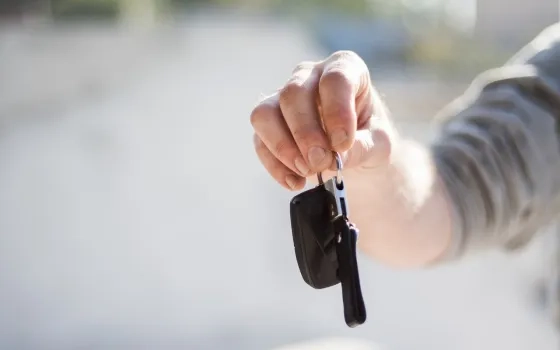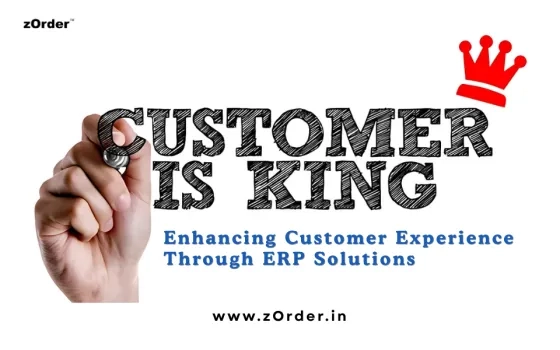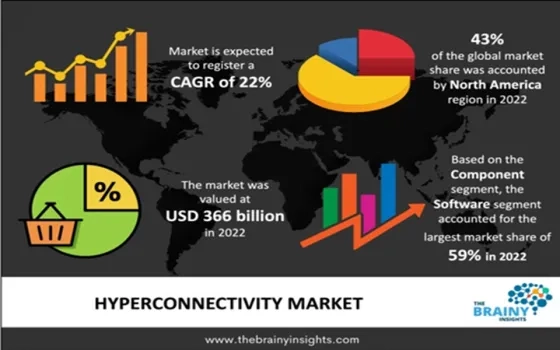India’s automakers witnessed the worst-ever slump in sales in 2019 and are undergoing lockdown led disruption in 2020. In 2019, sales of passenger cars fell 13% compared to 2018 and now the world’s biggest lockdown to contain the coronavirus pandemic stalled operations. Domestic sales of passenger vehicles tumbled 87% compared to last year same month in May 2020 and 54% in June 2020, according to data released by the Society of Indian Automobile Manufacturers. Notably the worst decline since 1997-98 when the auto industry started recording data.
In addition to falling sales, car dealerships also face additional challenges due to changing industry dynamics. OEMs look to encourage customers to buy directly from the website and reduce touchpoints in the post-COVID world. The rise of EVs, which require less maintenance and fewer part replacements, will hit dealers’ service revenues.
The same trends that are increasing auto dealers’ business risk are creating opportunities. New business models based on mobility services, such as maintaining and operating car-sharing fleets offer a particularly attractive source of future income. Dealers can improve their efficiency by merging servicing operations and digitalizing core processes. Finally, big data analytics can help acquire customers more efficiently and better address their needs, strengthening loyalty.
Winning in the post-COVID world
Technology has transformed the way the world interacts with friends and peers, consumes media, and shop for goods beyond FMCG, including, but not limited to, furniture, electronics, and even real estate. While the customers have moved online, dealerships have not adapted as quickly to keep pace with changing customer expectations and their operating the model remains largely the same since pre-internet times.
In the future, car dealers will need to focus on core areas such as arrange test drives, receive vehicle deliveries, and service cars. Their role as an information channel and contact point for vehicle configuration will decline. As part of the shift, dealerships will have to innovate and come up with new business models, increasing digitalization, and act decisively upon changing customer expectations to stay competitive and relevant.
Most dealerships today limit their outreach activities to traditional methods such as bulk SMS, print and banner ads, database calls, etc. which have little to no personalization. The majority of customer walk-ins are cold in the sense that dealers do not have information regarding the preferences of the customer in advance and this often leads to friction and bad experience for customers. Customers often fear sales pushiness and worry that they are being sold that might not be best for them. Digital provides promising solutions to dealerships to address these pain points. It can help identify the right customers at the right time and provide them with the right information that is tailored for them.
Dealerships need to adopt a targeted approach for customer sourcing. Online vehicle comparison platforms are evolving to provide a one-stop tailored solution and concise information personalized to individual needs. Dealerships can also leverage targeted social media advertising based on demographics, online behavior, etc. Taking customers from seeing ads on the web to confirming appointments with a local dealer can be achieved in minutes. Further, these platforms can be integrated with the dealer network to generate leads for dealerships along with necessary information about the potential customer to improve conversion.
Dealerships can better interact with their customers even before they visit the dealership and understand their needs and build trust, they can offer virtual reality or 3D projections of a personalized catalog of select models rather than sharing brochure with a long list of variants of all cars. Customers can be given the option to explore and interact with various features and configurations. The catalog can be made live to reflect the configurations selected by the customer at the dealership. Thus, digital provides a great opportunity for dealerships to identify and connect with customers, knowing their specific needs, and building strong relationships with them.
Customers often feel disconnected from the dealerships after the purchase has been made. This may come due to poor follow-up on customer’s satisfaction with the purchase, lack of interest, or failure to identify new needs, and failing to interact with customers at further touchpoints. Also, there is low personalization of after-sales repairs and maintenance. Dealerships often use an untargeted approach of sending generic repair and maintenance invitations or newsletters.
As future cars become increasingly equipped with smart sensors and are connected to the internet, they can provide dealerships with a proactive approach to their after-sales strategy. Dealerships will be able to know their customers who need to visit for maintenance and can target them accordingly. This will enable dealerships to provide customers with rich experience and stay connected to the dealership to unlock the lifetime value (LTV) of customers.
Car dealerships are inherently capital-intensive businesses. They are generally located at high street, employ trained sales, and technical staff and have a large amount of capital invested to maintain stock. The ongoing COVID crisis has put enormous pressure on dealerships as costs are mounting with limited revenue. Dealerships can develop new retail formats, such as pop-up stores or experience centers in urban locations, and efficient car-servicing facilities on the outskirts.
The majority of dealerships in India are single branded outlets. Multi-branded dealerships can be beneficial to all agents in the auto industry, i.e. OEMs, dealerships, and customers. Customers can test multiple options under one roof and have a less biased push from sales staff. When brands compete under the same roof, the prices and services would be more competitive. OEMs would be able to expand their reach and manage dealer network in a more agile manner. This can be especially beneficial to players who are under-penetrated in rural India looking to expand their presence quickly.
For multi-brand dealerships, the fixed and operating cost would be covered across multiple brands. They would be less exposed to one particular brand and can react to the changing nature of the market by fine-tuning the capital invested across brands. It would allow innovations and investments (e.g. in digitalization of dealerships, marketing, etc.) more scalable. In rural markets where volumes are low, there is a high risk of unprofitability by being exposed to a single brand if the brand does not provide projected business to cover costs as these micro-markets (in rural pockets) are not large enough to sustain more than a few dealerships. So, it is a win-win for all players involved – OEMs, dealers, and customers.
However, shifting to multi-branded outlets may not be suited for all dealerships, especially smaller dealerships. Apart from the larger initial capital and diverse sales staff, smaller multi-brand dealerships may also find it difficult to maximize after-sales revenue. Customer preference for servicing and maintenance is observed to be inclined towards exclusive branded or larger dealerships.
In light of the COVID crisis, long-term changes in industry structure (such as direct selling by OEMs and softening volumes), and changing customer expectations, dealerships would need to evolve their operating model to stay competitive and win. The winners will focus on the following to create operational and financial leverage:
- Dealers need to realize that their role as a source of information and the first contact point is on the decline. Dealerships need to focus on core competencies such as test drive, deliveries, financing touchpoints, accessories, and add-ons, servicing, and customer support
- Dealers need to move away from ‘one pill fits all’ model and employ digital across all processes from outreach to after-sales to become efficient and unlock LTV of customers
- Dealers need to evaluate new retail formats to optimize fixed and operating costs and mitigate market risks
Authored by:
Sanjeev Garg, Practice Leader, Automotive
Aryaman Tandon, Director & Practice Leader, Automotive





























